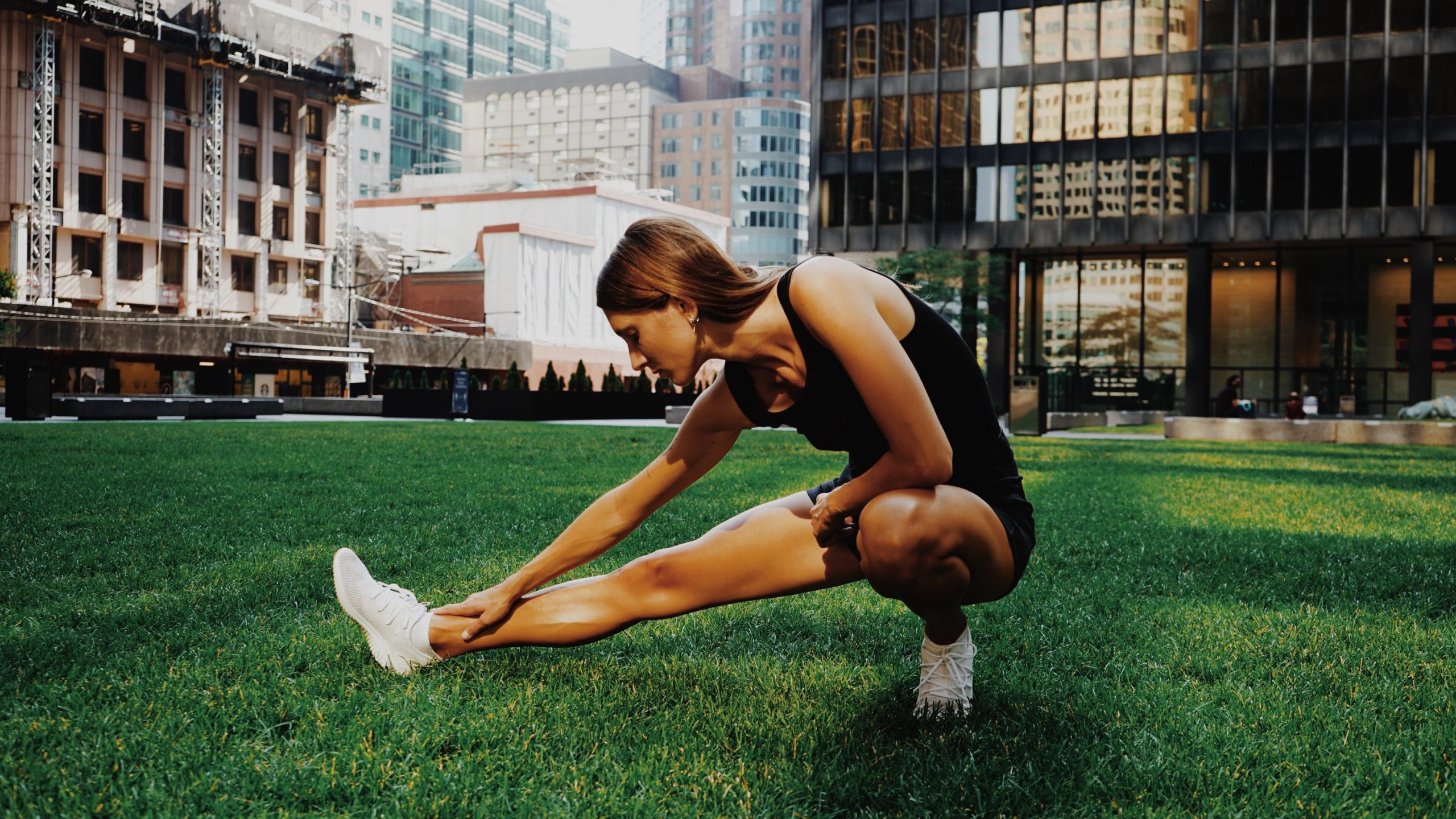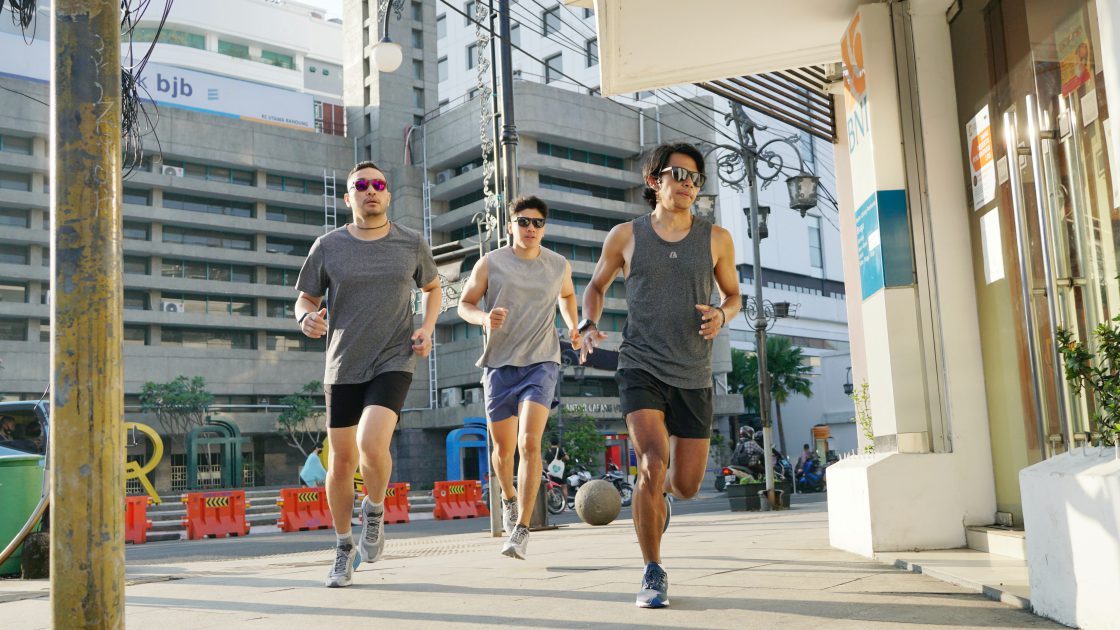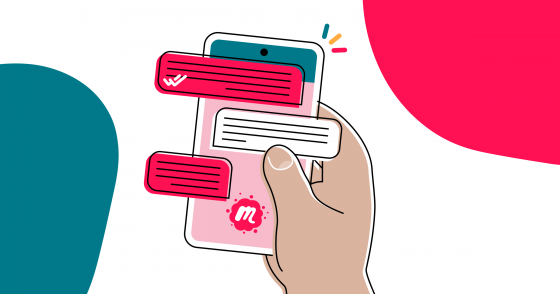With more than 1 million members in nearly 1,300 different groups across the globe, running is certainly a contender for most popular Meetup interest.
It’s easy to understand why: running is a low-cost activity with a low barrier to entry that you can do just about anywhere, with as many or as few people as you want. And all of that’s before even mentioning its tremendous health benefits!
The Benefits of Running as a Hobby
Physical and Mental Health Benefits
Running provides the right amount of physical and mental challenge for you to enter a focused and mindful flow state where your lingering stress fades away. Many people share the experience of the “runner’s high,” when feel-good neurochemicals flood the brain after a period of exertion. Plus, running is an age-old method for boosting cardiovascular fitness and losing weight and can even help with improving memory.
Still, some people are either convinced that they’re bad at running, or they are too intimidated to try. But if you have little exercise experience, or if running isn’t currently your preferred method of exercise, there’s no reason that you can’t learn to pound the pavement. Even a pro runner will tell you: just take it one step at a time. Start today by checking out these beginner tips for taking up running as a hobby.
Social and Community Benefits
Running also provides an excellent opportunity to meet active people near you. Running groups are some of the most popular communities for a reason–they help runners stay motivated to run. There is also safety in numbers. Running with a large group can provide protection and make you more visible to drivers. Taking up a running hobby can be a way to explore your city, stay active, and meet new people.
Getting Started: How to Take up Running as a Hobby
Setting Your Running Goals
One crucial step in making running a hobby is to set a goal. Think about the distance you want to cover. Are you training for a marathon or are you interested in running for a length of time without stopping? Perhaps pace is your goal: complete three miles under 30 minutes.
Get equipped for running (it’s easy!)
You hardly need any special equipment for running. But do your future self a favor by investing in some quality running shoes. The overall characteristics of a good running shoe include:
- Durability
- Flexibility
- Ankle support
- Comfort (i.e., not too tight or too loose)
- A thicker heel to absorb impact
- Flatter and smoother sole
Wearing proper footwear while running will help you avoid injury or pain, plus you’ll feel lighter on your feet and more capable. High quality running shoes are even specifically engineered to help your body in motion recruit more power from your leg muscles.
Once you’ve got footwear sorted out, you’re all set! You might like to add some items down the line—such as bluetooth earbuds designed for exercise—but those aren’t strictly necessary. The only other thing you should consider as a priority is a decent water bottle (possibly an insulated one to keep your water cold).

Do a self-assessment and set achievable goals
Before you do any running, make sure you stretch. Check out this Yale Medicine breakdown of the best pre-workout stretches for runners and the difference between static and dynamic stretching.
The purpose of your first self-assessment run is to gauge your current ability, setting a baseline from where you can steadily improve over time. So now that you’re warmed up, start small. You can choose whether you want to judge by time or distance. For example, you could try running half a mile, or just running for five minutes. Either way, be sure to keep your pace slow.
At the end of whatever benchmark you choose, evaluate your condition. Are you feeling energized and ready to do more? Great, that means your baseline should be a bit higher. If you’re feeling fatigued, that’s great too: it means you set a challenging but achievable baseline, and there’s lots of room for improvement! If you’re feeling totally spent, consider lowering your baseline.
Overall, runners at every point in the spectrum of ability level should set distance/time goals that they can realistically finish without too much wear and tear; then slowly work their way up to longer runs. Mobile apps for runners make this process super easy to track and maintain. Here are just a few options:
- Couch to 5k (a great motivator for beginners)
- MapMyRun (best for discovering new runs, with over 70 million routes logged by users)
- Runcoach (uses adaptive algorithm to offer customized guidance on how to train)
Essential Tips for Maintaining a Running Hobby
Like any skill that you want to work on, consistency is key for running. One of the tried-and-true methods to help new runners stay the course is embracing the community aspect of running. From entire cross country teams to just two friends motivating each other, having one or more running partners gives you a noticeable boost in confidence and commitment.
Not only will your consistency benefit you physically, but the social bonds you form simply by running along with someone will round out the hobby into a holistic wellness experience. So if you’re ready to meet new people while reaching new fitness heights, check out a Meetup group for beginner runners, like the Not So Serious Running Group NYC – Fun runs!
Staying Motivated Along the Way
When it comes to keeping your motivation. Community comes in handy. By having an active community of runners, you’ll be able to maintain your motivation much more easily. Quitting halfway through a solo run is much easier than stopping when you’re in a group. There will be people to cheer you on and celebrate your success.
Another method for staying motivated is sticking to a schedule and recording it. If you want to run three times per week, plan which days you’ll run. Log each run in a fitness app or on a good old wall calendar so you can see your progress.
Nutrition and Hydration Tips for Runners
Taking care of your body will help you meet your fitness and running goals. Keeping a bottle of water on your body is something many runners do, especially if they’re running for longer distances. Be sure to keep up with your fluid intake the day before and in the hour after your runs—it makes a difference!
Injury Prevention and Recovery
Avoiding injury is important if running is going to be a hobby you stick with in the long-term. Having the proper running shoes will prevent undue wear on your feet, ankles, and knees. Replacing your footwear when the soles are worn is a way to keep the impact on your joints minimal.
Stretch before and after your runs. Don’t push it, either. If you are feeling pain during a run, don’t run through it as that can make an injury worse. See a doctor or physical therapist if you start to notice pain after taking up a running hobby.
Join the Meetup Running Community
There are thousands of running groups in cities around the world on Meetup. Find an outdoor group near you.
If you don’t find a similar community in your area, you can make a difference. It’s easy to create your own Meetup group and invite others to run it with you.
Frequently Asked Questions about Running as a Hobby
- What are the benefits of running as a hobby?
The benefits of running as a hobby are numerous. In addition to leading to fitness, increased lung capacity, weight loss, and cardiovascular strength, running has mental health benefits. Frequent runners experience reduced stress, improved sleep, and if you run with a group, positive relationships as well.
- How can I stay motivated to keep running?
Staying motivated is a challenge many new runners face. One method for keeping your motivation is creating a running schedule that you can stick to and recording each time you run in a fitness app. Another common strategy is finding a running community to make running a social activity as well as a form of exercise.
- What gear do I need for running?
Fortunately, running gear is fairly simple. A good pair of running shoes and weather-appropriate clothing are the main gear considerations. Having a water bottle, sunglasses, and a watch for tracking your speed, is also common for runners.
Last modified on December 4, 2023











